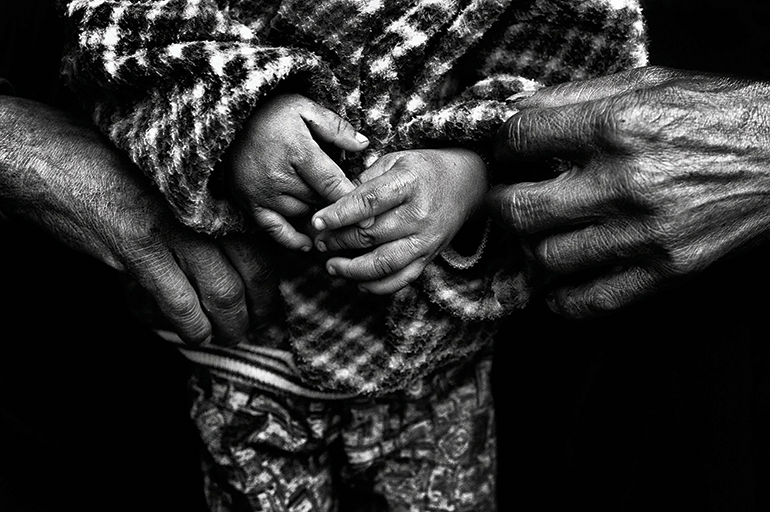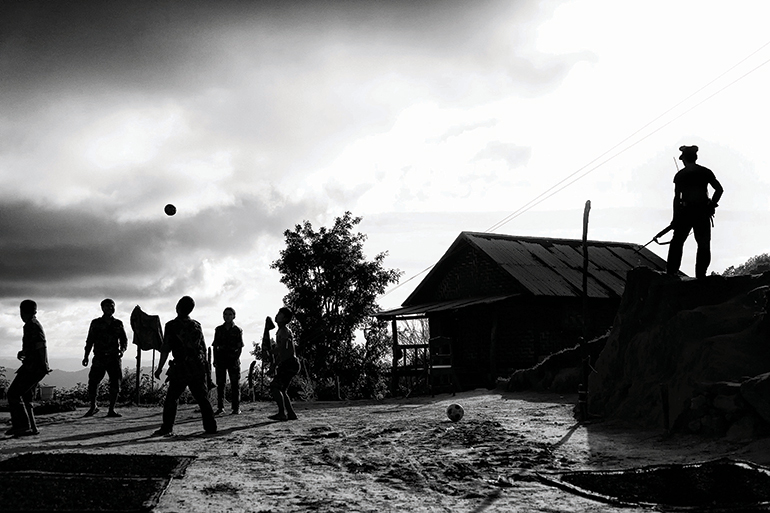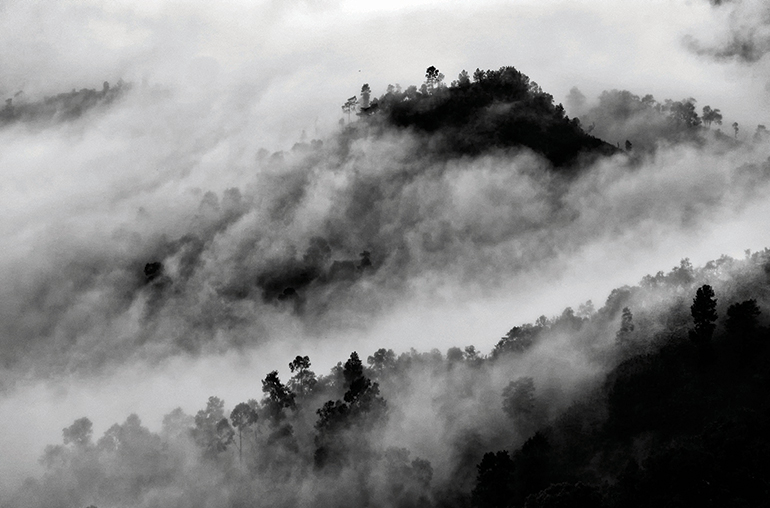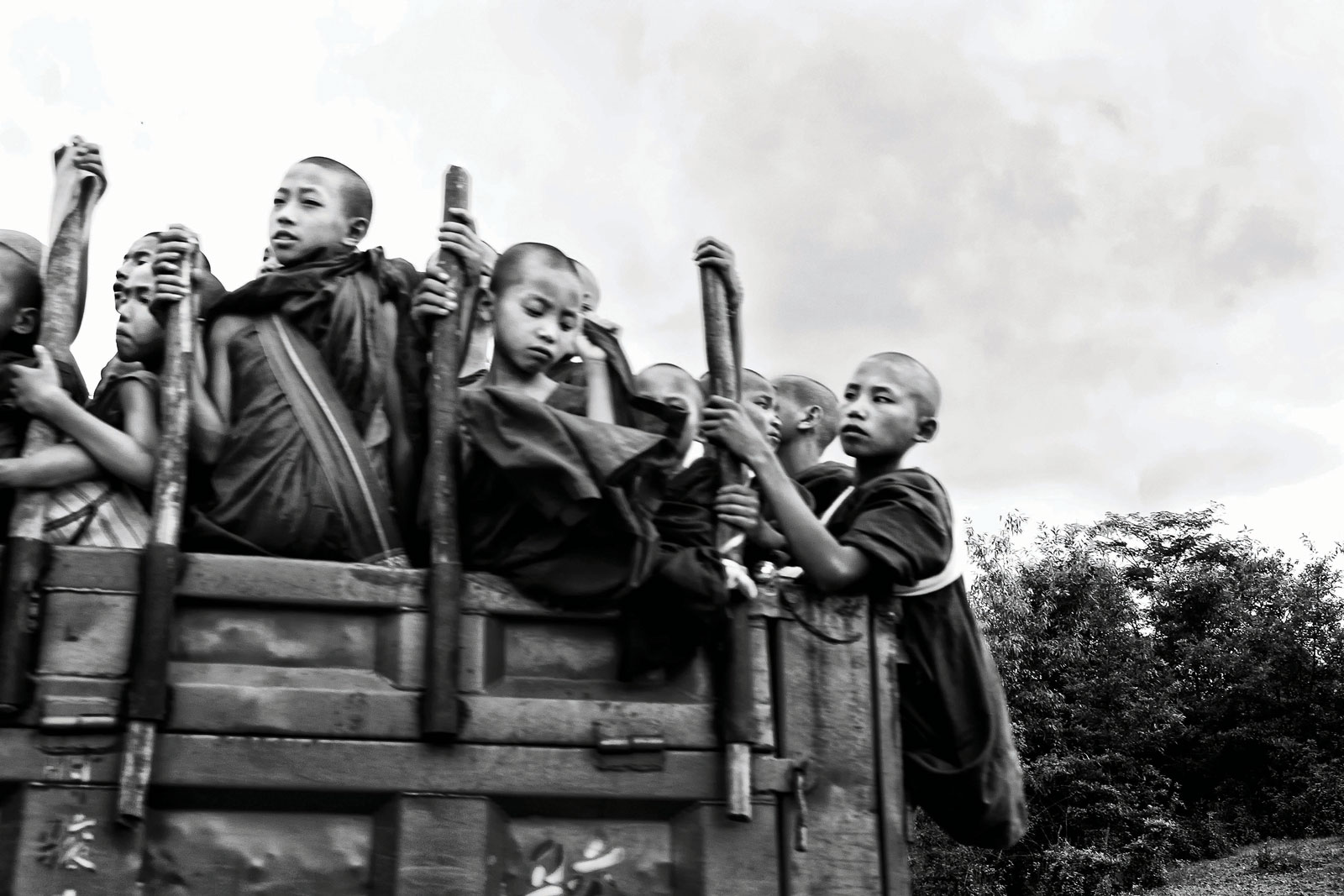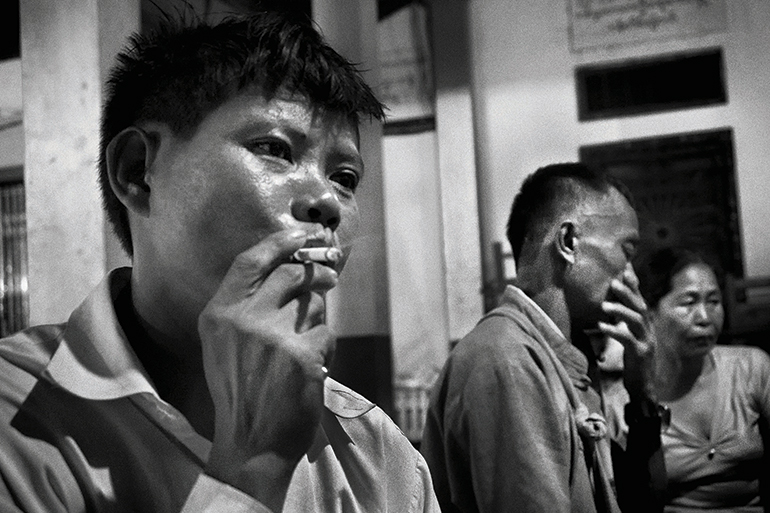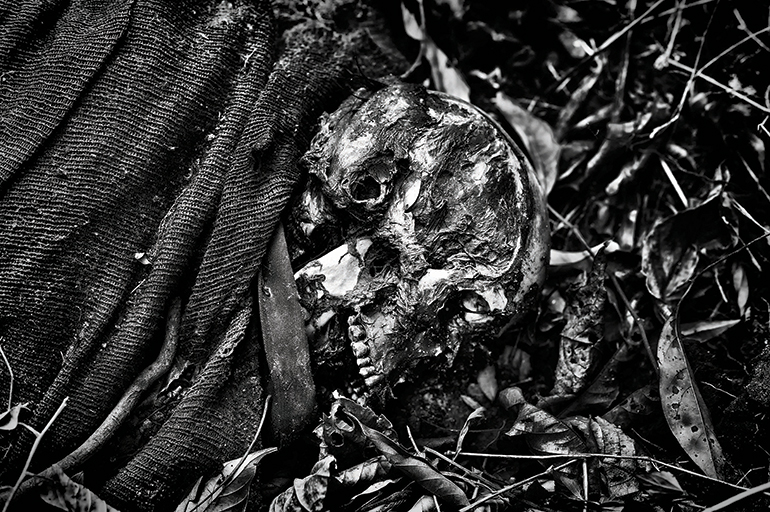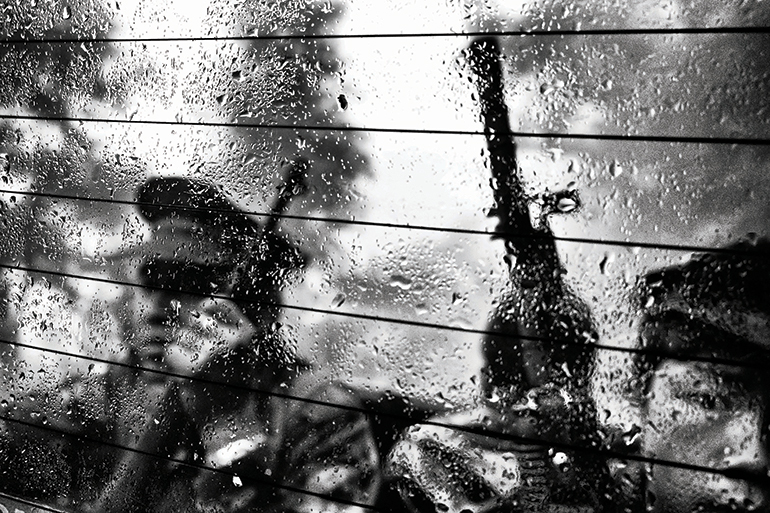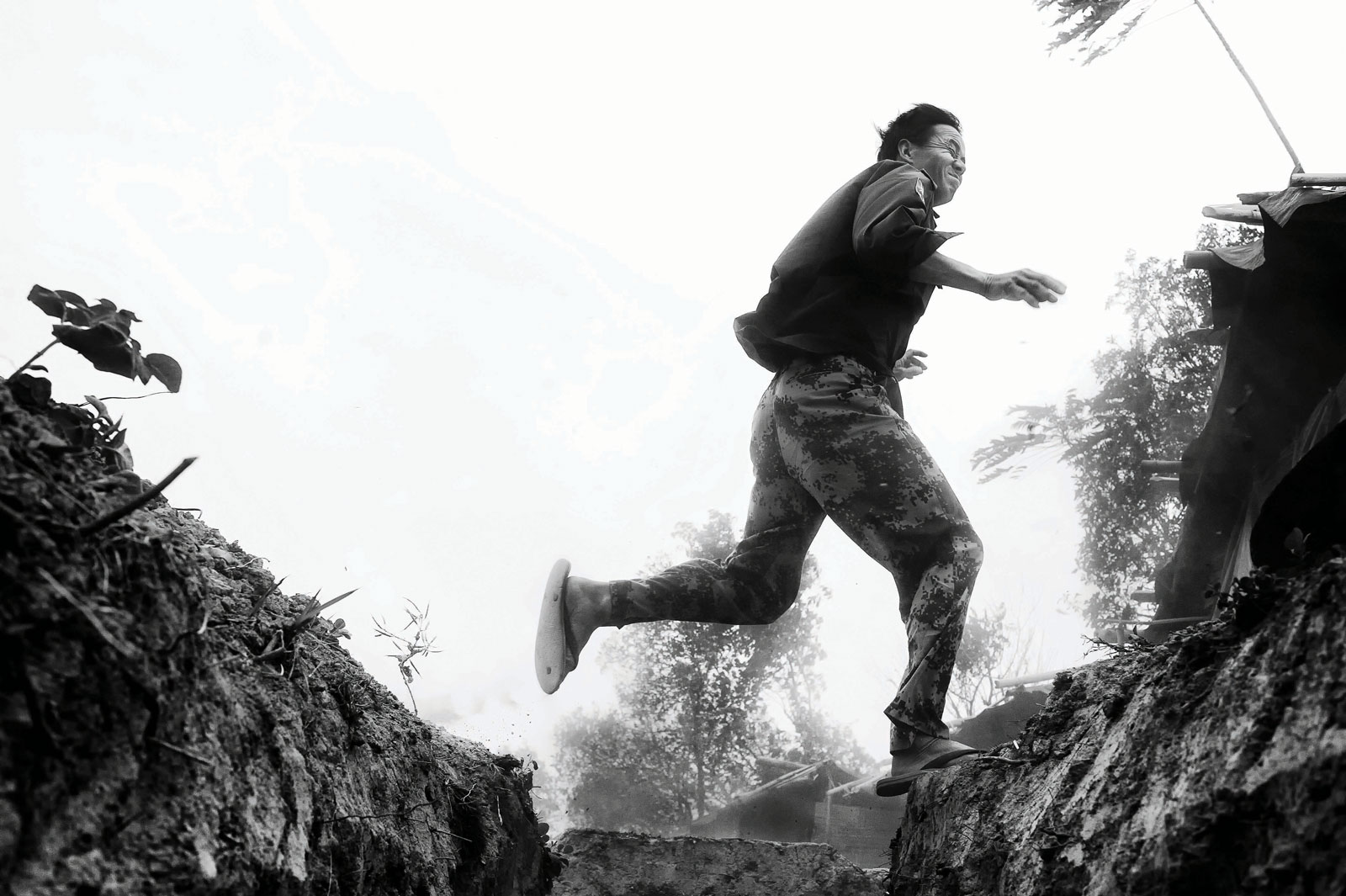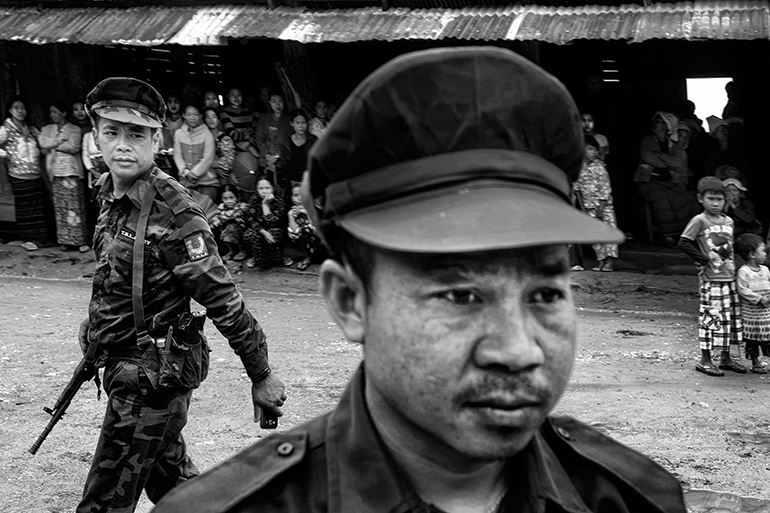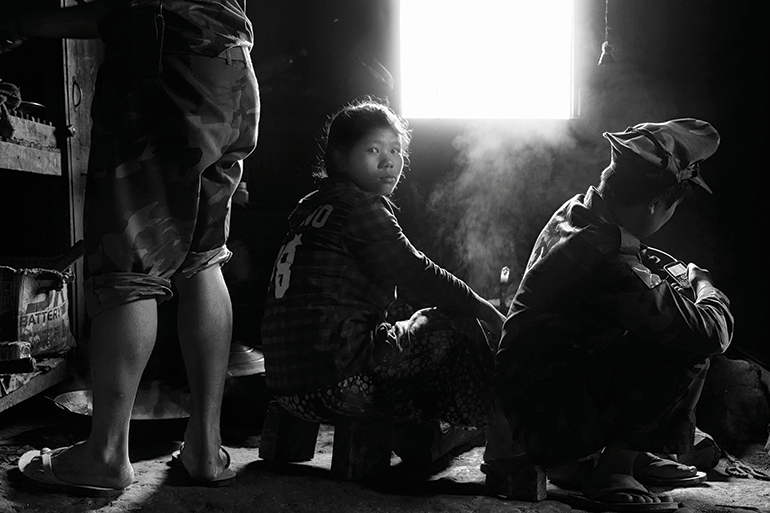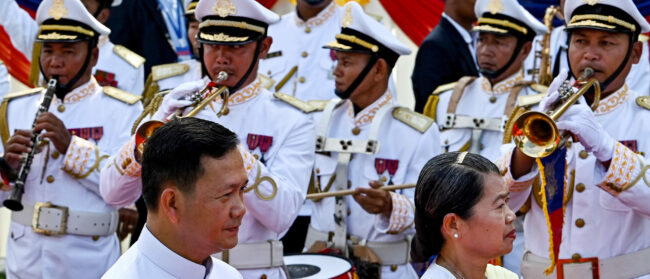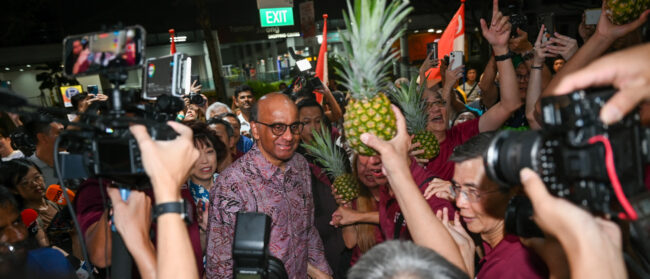In this series of photographs taken since political reforms began in Myanmar in 2011, up until last year, photographer Brennan O’Connor documented the effects of post-reform conflict in northern Shan and Kachin states. Despite the National League for Democracy (NLD) civilian government taking power nearly a year ago, fighting in these regions has increased. These images, captured on the frontlines and at camps for internally displaced persons, provide a harrowing glimpse of life inside the conflict zones while exposing the fragility of the peace process.
O’Connor said: “I wanted to do a project that challenges the commonly held narrative that the reforms and the peace process that followed it have been successful. For some residing outside of the city centres – especially in Kachin State – life has actually gotten worse since 2011.”
Lavishly supported by donor countries, the peace process aimed at ending decades-long conflicts between Myanmar’s feared army, known as the Tatmadaw, and ethnic minorities has turned up mixed results. While some ceasefires were signed, continued fighting poses a serious obstacle to lasting peace.
In early 2015, the army escalated the use of jet fighters and helicopters in offensives against the ethnic armed groups, and the Ta’ang National Liberation Army (TNLA) is now battling the Restoration Council of Shan State/Shan State Army (RCSS/SSA), another ethnic armed group. Fighting has also broken out between the army and the Democratic Karen Buddhist Army in the west of the country.
In recent months, four armed groups – TNLA, Kachin Independence Army, Myanmar National Democratic Alliance Army and Arakan Army – have formed the Northern Alliance to counter offensives by the Myanmar Army in northern Shan State that started in September.
This new fighting poses a challenge for NLD leader and state counsellor Aung San Suu Kyi, who has said national reconciliation and peace are her party’s top priorities. However, achieving this involves close cooperation with the military, which controls 25% of parliament and three key ministries, not to mention huge investments in multimillion-dollar resource extraction and energy projects in the contested areas.
Complicating matters, international partners also have huge investments in major projects where much of the fighting is ongoing. “Some of the largest EU donors of the peace process are also involved in energy projects in conflict zones, as in the case of Norway’s state-owned SN Power that is planning the 700-megawatt Middle Yeywa dam on the Namtu river in northern Shan State,” O’Connor said.
